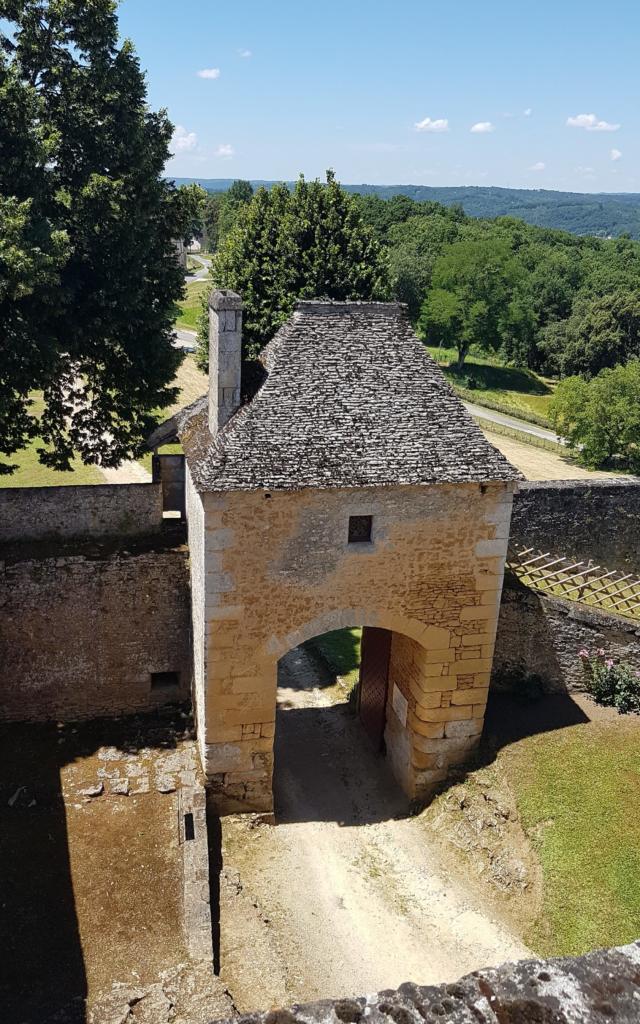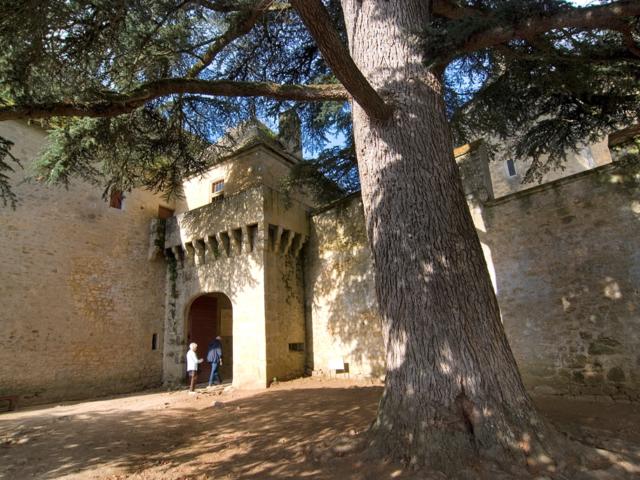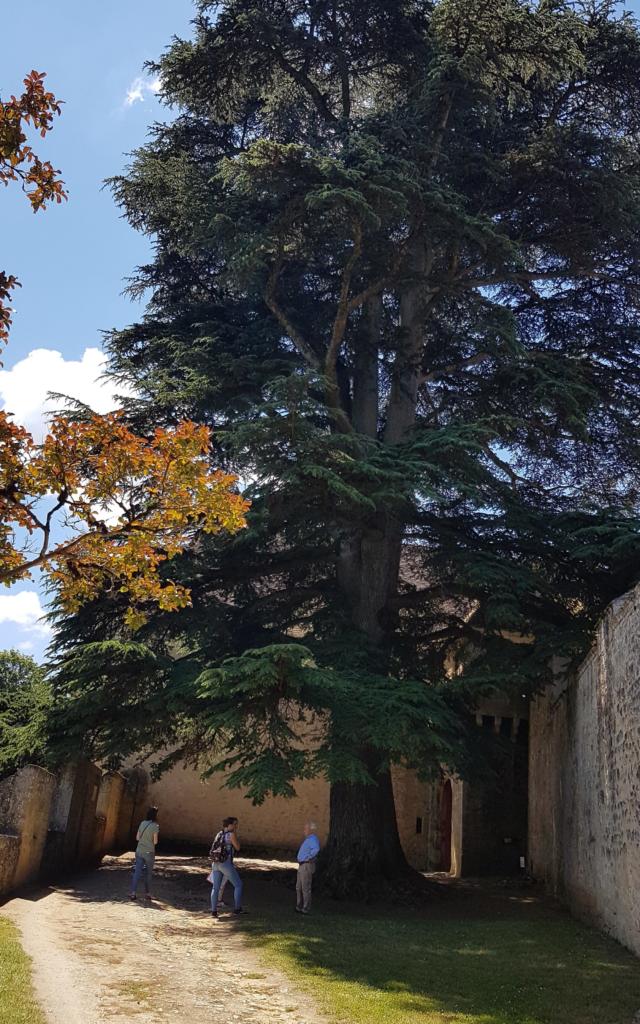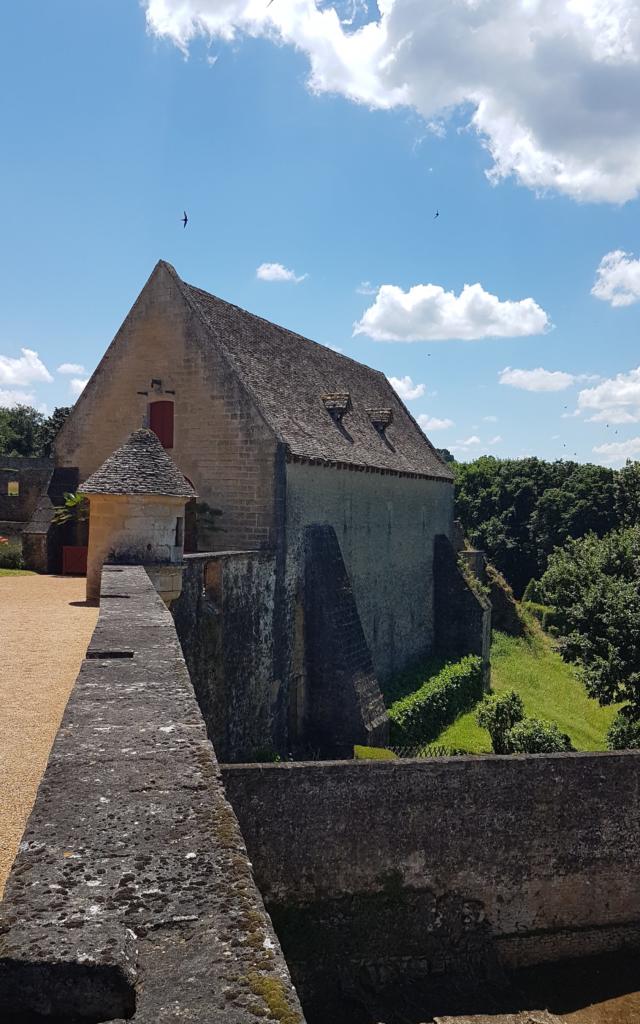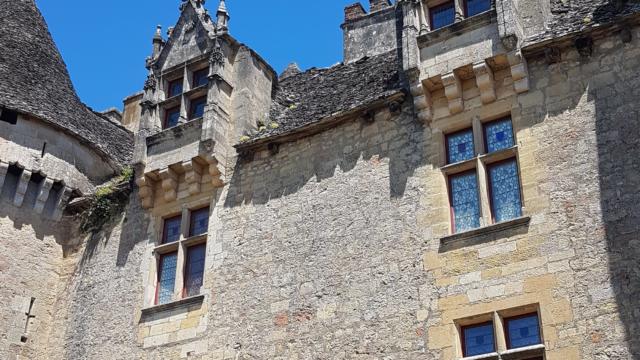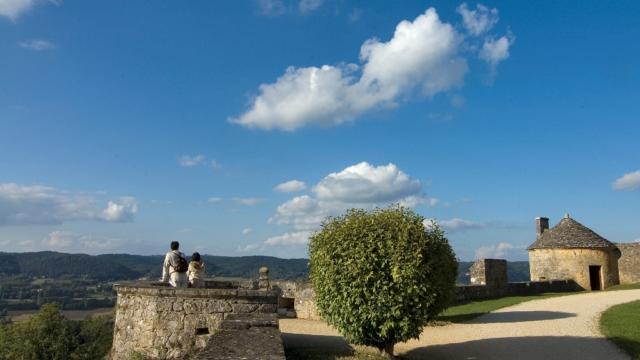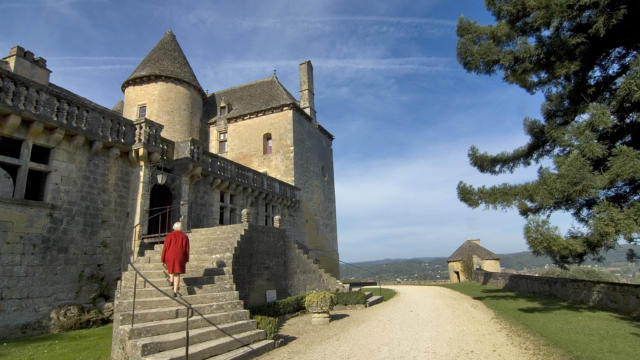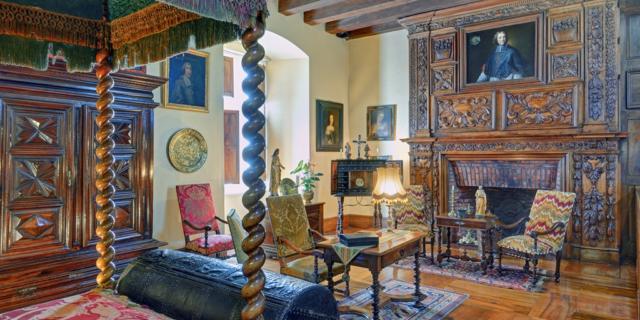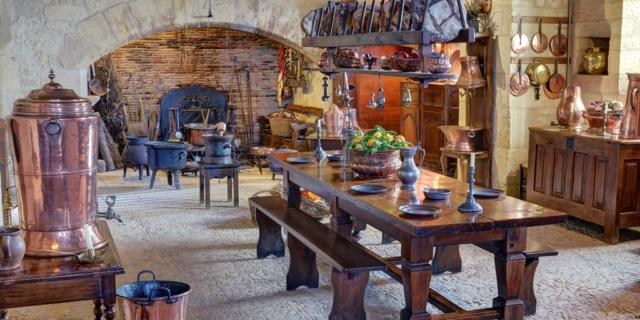The foundations of the castle were built in the 11th century by the noble Fénelon Family, who owned all of the land around Sainte-Mondane. Until the middle of the 13th century, the fortress was one of the last Cathar refuges of the Périgord-Quercy.
The castle was given to the English in 1360 during the 100-Year War by Captain-Brigand Bertrucat d’Albret. It was then taken over by the Duke of Anjou in 1375. It was considered to have too little defense, so the castle was fortified during the Religion Wars.
In 1410, the powerful Perigourdin family « Salignac », acquired the castle to take over the Dordogne Valley. The family lineage of Fénelon took the name «de Salignac de la Mothe-Fénelon».
On the 6th of August 1651, François de Salignac de La Mothe-Fénelon, the future tutor of Louis XIV grand-sons, an academic and a pioneer of the Philosophes des Lumières, was born in the castle itself.
This charming property is now owned by the Delautre family, who continue to maintain its beauty and unique character.
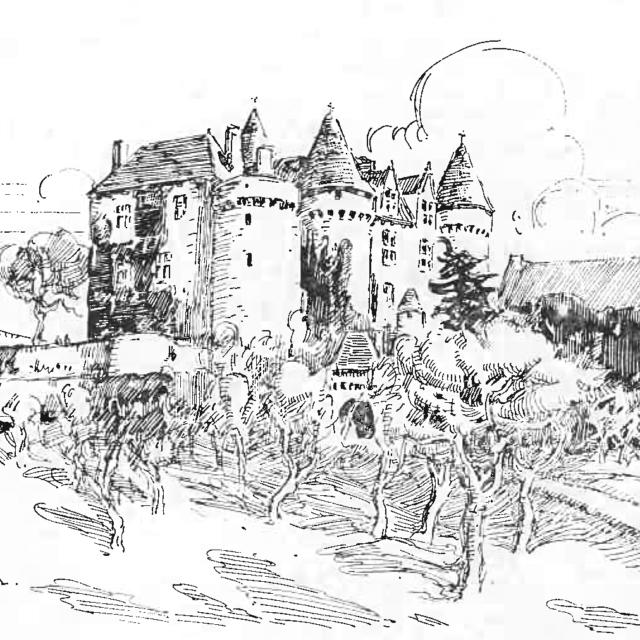 Lithographie du Château de Fénelon
Lithographie du Château de Fénelon

